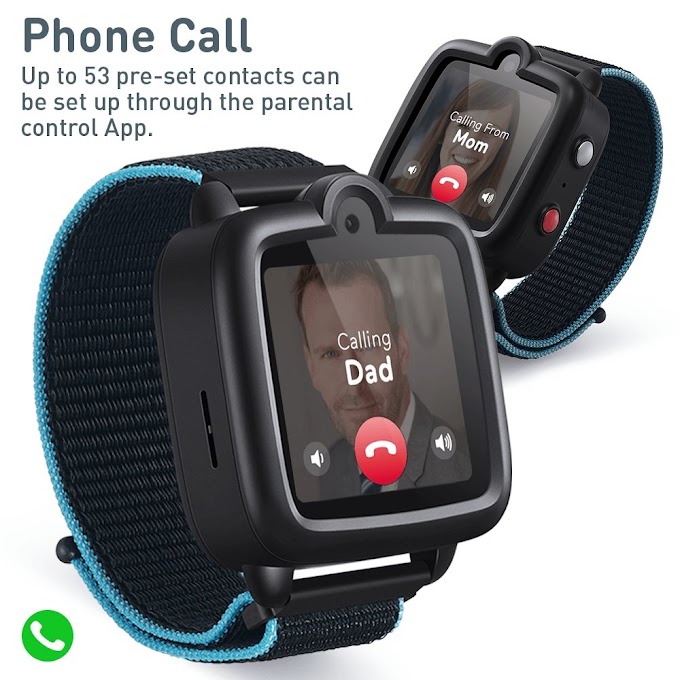Use this quick link to securely access your Personal Health Record with the login information provided to you at your last office visit.
Family Eye Care of O’Fallon puts the health of your eyes at the front and center of everything we do.
Our optometrists and professional staff provide personalized eye care services in a family-friendly environment that focus on the prevention, diagnosis and treatment of a wide range of eye problems, conditions, and diseases. Our state-of-the-art technology aides in the assessment of your eyes without the discomfort associated with traditional methods.
We also stock a large selection of eyeglass frames and contact lenses for a comfortable and affordable one-stop experience.
Professional screenings used to evaluate the health of the eye and diagnose vision impairments and disease.
The State of Illinois and/or your child’s school may require an annual eye exam to be completed prior to October 15th of each calendar year.
The Optomap is an ultra-widefield retinal image that allows doctors to view 80% of retina versus 15% by typical methods.
LASIK is a laser eye surgery used to correct refractive errors of the eye.
Our doctors provide 24-hour a day, 7-day a week on-call service for emergencies.
We now carry 30+ different brands including Nike, Polo, Kenneth Cole, Anne Klein, Guess, and many more!
Check out our full line of Ray-Ban, Maui Jim, Nike, Tommy Bahama, and many more!
We stock all major brands and prescriptions for both purchase and trials.
Service at Family Eye Care is always wonderful. The friendly service is beyond compare.
Update April 6, 2020: Please note that until further notice , emergency eye care is available for new and existing patients M-F 9 am to 12 noon. Please call us for an appointment before arriving at our office.
Critical eye emergencies can result from injury, medications, disease, recent eye surgery, or may appear without a known cause. Symptoms of critical eye emergencies include:
Family Eye Care of O’Fallon is here to help when emergencies occur. Our doctors provide 24-hour a day, 7-day a week On-Call Service for emergencies occurring with exisitng Family Eye Care patients.
Periodic eye and vision examinations are an important part of preventative health care. Many eye and vision problems have no obvious signs or symptoms. As a result, individuals are often unaware that problems exist.
Early diagnosis and treatment of eye and vision issues are important for maintaining good vision and eye health, and when possible, preventing vision loss.
At Family Eye Care of O’Fallon, a comprehensive adult eye and vision examination may include, but is not limited to, the following 8 areas. Please note that individual patient signs and symptoms, along with the professional judgment of the doctor, may significantly influence the actual testing performed.
OptometristPatients will have an Auto Refraction performed by one of our optometric technicians. This device gives the doctor an objective measure of a person’s prescription. The Auto Refractor also takes a measurement of the curvature of the cornea, the clear outer surface of the eye. This measurement is particularly critical in determining the proper fit for contact lenses.
Air Puff Tonometry will also be performed to get a measure of intraocular pressure. Anyone with eye pressure greater than 22 mmHg is at an increased risk of developing glaucoma, although many people with lower pressures also develop glaucoma. This is only one test in the management of glaucoma. Throughout the exam the doctor will be evaluating your risk for developing glaucoma.
Retinal imaging, or OPTOS, are obtained on all new patients at no charge. They are performed and maintained for future comparison and monitoring of retinal changes.
Finally, in accordance with new health care legislation aimed at providing a more uniform level of care, height, weight and blood pressure will also be taken.
The doctor will ask about any eye or vision problems you may be having and about your overall health. The doctor will also ask about any previous eye or health conditions of you and your family members.
Visual acuity measurements evaluate how clearly each eye is seeing. The results of visual acuity testing are written as a fraction such as 20/40.
When testing distance vision, the top number in the fraction is the standard distance at which testing is done, twenty feet. The bottom number is the smallest letter size you were able to read.
When testing distance vision, the top number in the fraction is the standard distance at which testing is done, twenty feet. The bottom number is the smallest letter size you were able to read.
A person with 20/40 visual acuity would have to get within 20 feet of a letter that should be seen at 40 feet in order to see it clearly. Normal distance visual acuity is 20/20.
May include evaluation of specific aspects of visual function and eye health such as depth perception, color vision, eye muscle movements, peripheral or side vision, and the way your pupils respond to light.
Refraction is conducted to determine the appropriate lens power needed to see your best. Using an instrument called a Phoropter, your optometrist places a series of lenses in front of your eyes to refine the power that allows the clearest vision. In some cases, such as for patients who can’t respond verbally or when some of the eyes focusing power may be hidden, eye drops are used. The drops temporarily keep the eyes from changing focus while testing is done.
External examination of the eye includes evaluation of the cornea, lens, eyelids, conjunctiva and surrounding eye tissue using a machine called a Slit Lamp, or Biomicroscope. Evaluation of the retina and posterior section of the eye may be done through a dilated pupil to provide a better view of the internal structures.
Additional testing may be needed based on the results of the previous tests to confirm or rule out possible problems, to clarify uncertain findings, or to provide a more in-depth assessment. These tests may include a visual field test to check peripheral vision, a laser scan to evaluate the optic nerve or retina, or other testing procedures as determined by your doctor.
At the completion of the examination, your doctor will assess and evaluate the results of the testing to determine a diagnosis and develop a treatment plan. He or she will discuss with you the nature of any visual or eye health problems found and explain available treatment options. In some cases, referral for consultation with, or treatment by another health care provider may be indicated.
If you have any questions regarding any eye or vision conditions diagnosed, or treatment recommended, please don’t hesitate to ask for additional information or explanation from your doctor.
Back to School also means its time to schedule your child’s annual eye exam!
Vision is a dominant process in the growth, development and daily performance of children. In fact, EIGHTY PERCENT OF WHAT STUDENTS LEARN IS THROUGH VISION. And yet, 86 percent of all school-age children in the US have not had a complete eye examination*. Ever.




.jpg)



.jpg)

